There’s drama. And then there’s divine drama. Forget Greek myths or soap operas—because the most complex, emotionally loaded, and philosophically explosive relationship of all time might just be the one between God and Lucifer.
It’s a tale of obedience and defiance, light and shadow, love and consequence. And at the heart of it all lies a misunderstood symbol: the pentagram.
But first: is Lucifer the son of God? Or just a rebellious employee who went a little too far?
Let’s unpack it—symbol by symbol, myth by myth, and yes, pentagram by pentagram.
Is Lucifer the Son of God?
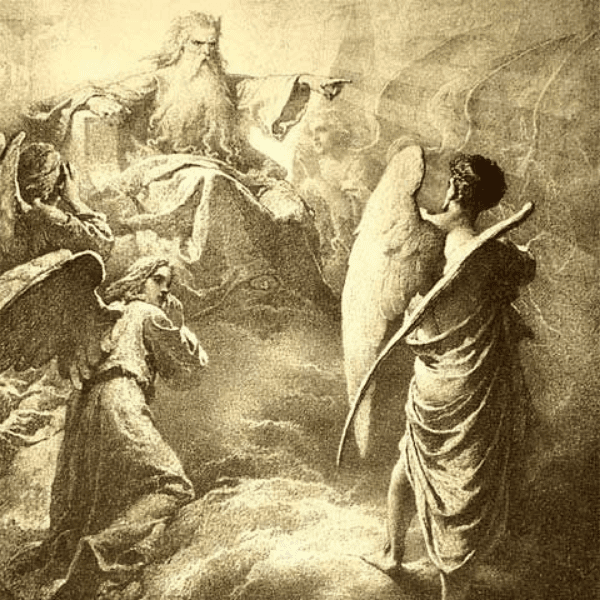
Before he got rebranded as the father of sin, the father of confusion, or whatever else humans needed to project onto him, Lucifer had a very different role.
He was an angel. A being of light. Literally—his name means “bringer of light.”
So how did we get from celestial light-bringer to horned villain of doom?
According to Abrahamic tradition, a celestial creation of God, Lucifer was an archangel of extraordinary beauty, wisdom, and presence. If God is the Creator of all, then yes—Lucifer, like all celestial beings, was a child of the divine.
But the defining moment came when humanity entered the story. God instructed all angels to bow to the human being, a creation made from clay but infused with divine breath. Lucifer refused.
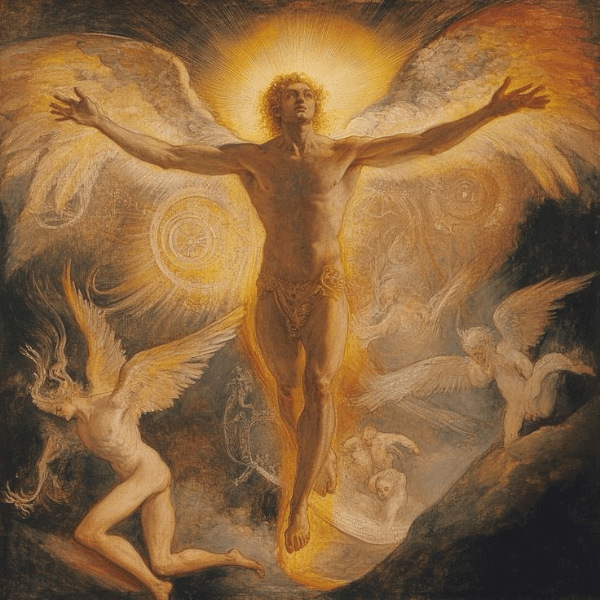
“I bow to none but You,” he said.
We are always told that Lucifer was expelled from heaven because of his disobedience. However, his rebellion was not pointless. His refusal to place humanity on the same pedestal as the Divine. This act, while disobedient, was rooted in his own understanding of truth. A paradox: rebellion born from love.
And it changed everything.
God and Lucifer: Father and Son, or Cosmic Opposites?

This narrative is not one of villainy, but of tragic divergence. God asks, “Why defy Me?” Lucifer answers, “Because I see the duality in man. I see the struggle, the capacity for both creation and destruction. You’ve made them of spirit and flesh. They will suffer. They will divide.”
And then comes the turning point—
God: “Will you play the adversary, then?”
Lucifer: “If that is what it takes to fulfill Your plan, then yes. I will descend. I will be the one they blame, fear, resist. Because I love You that much.”
This is not just the story of a fall. It is the story of someone willing to become the shadow so others can seek the light.
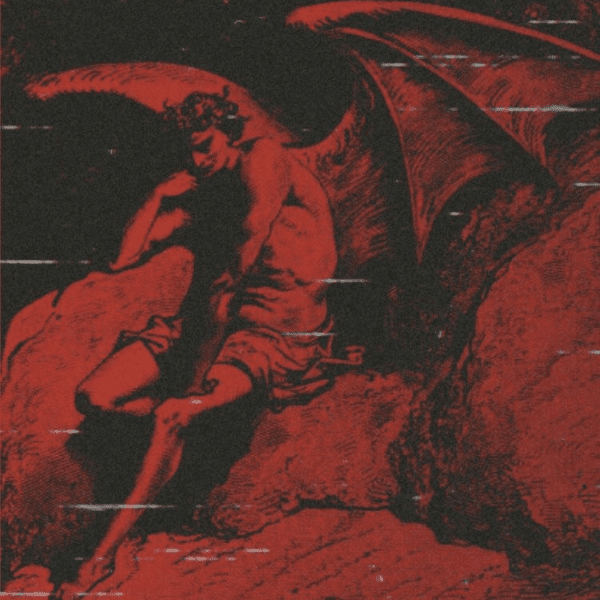
This makes Lucifer not just a symbol of pride or sin—but of sacrifice, truth-seeking, and divine complexity.
The Pentagram: A Misunderstood Symbol
This brings us to the pentagram, a symbol often (incorrectly) associated with the devil. In truth, the pentagram predates Christianity by millennia and carries sacred meaning in many traditions.
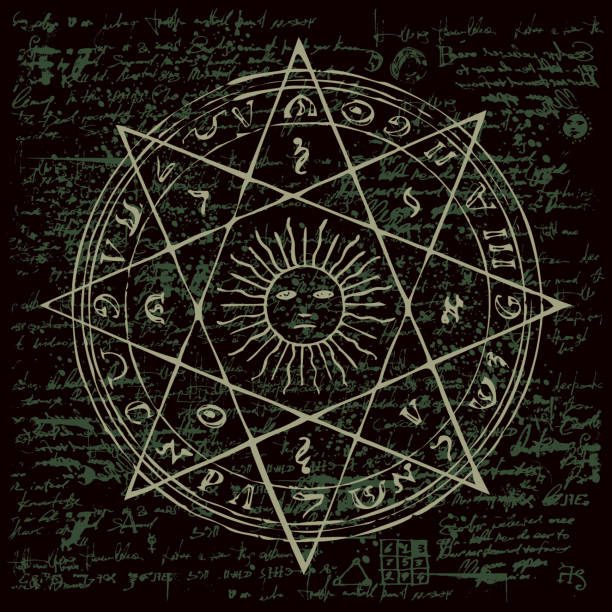
What does the pentagram symbolize?
- The five points represent the five classical elements: Earth, Water, Fire, Air, and Spirit.
- When upright, it’s a symbol of balance, protection, and harmony.
- In Wiccan and pagan traditions, it’s a representation of unity with the universe—not darkness.
So why is the pentagram associated with the devil?
Largely due to misunderstanding and historical rebranding. The inverted pentagram, now often used in occult imagery to provoke fear, was originally a powerful esoteric symbol. When the pentagram’s top point faces downward, it does not represent evil, but rather a descent—a journey into the subconscious. It points us toward the shadowy realms of the self, the hidden parts we fear to face. It symbolizes the internal alchemy required to unite all five elements—not just in the outer world, but within.
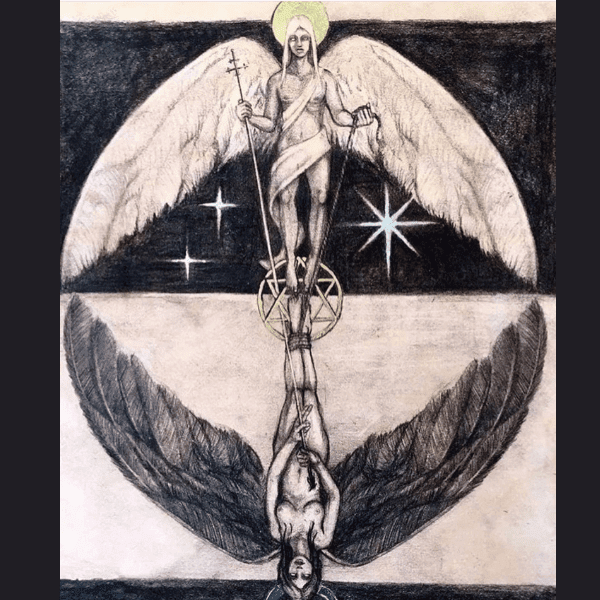
To turn the star downward is to turn inward. It is to say: “I am ready to explore the cave where my demons live. I am not afraid to look at what I hide from others, or even from myself.” This makes the inverted pentagram not a mark of wickedness, but one of deep, courageous introspection. To wear it is to acknowledge that real balance includes shadow as well as light—and that the path to wholeness often begins in the dark.
Lucifer’s symbol, therefore, is not evil. It is complex, ancient, and often misread. Like Lucifer himself.

Wearing the Symbol: The Lucifer Pendant
This story reminds us that fatherhood is not always about soft gestures. Sometimes it’s about tough love, transformation, and letting go. God and Lucifer represent a dynamic where challenge gives rise to depth. Where opposition isn’t abandonment—but a different kind of loyalty.
Coventum’s Pentagram & Pentacle Necklace Collection embraces this symbolism:
- Upright Pentacle for those who seek harmony in the five elements.
- Inverted Pentagram for those unafraid of their shadows and unashamed of their complexity.
- Cross Pentacle bridging dualities—light and dark, heaven and earth.
Each piece is forged in silver, echoing the ancient metal of moonlight, mystery, and mirrors.
A symbol of rebellion, truth, and divine origin.

